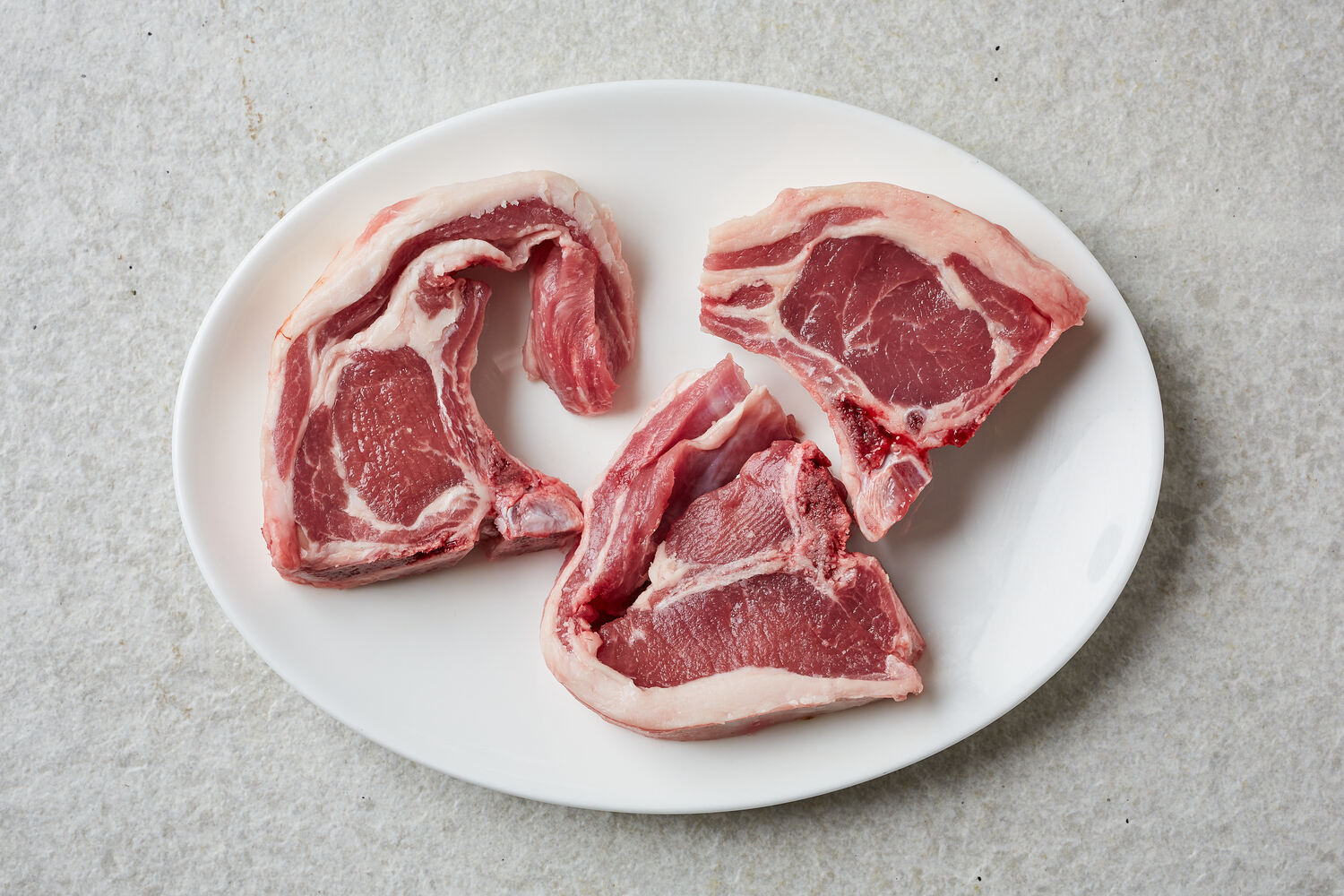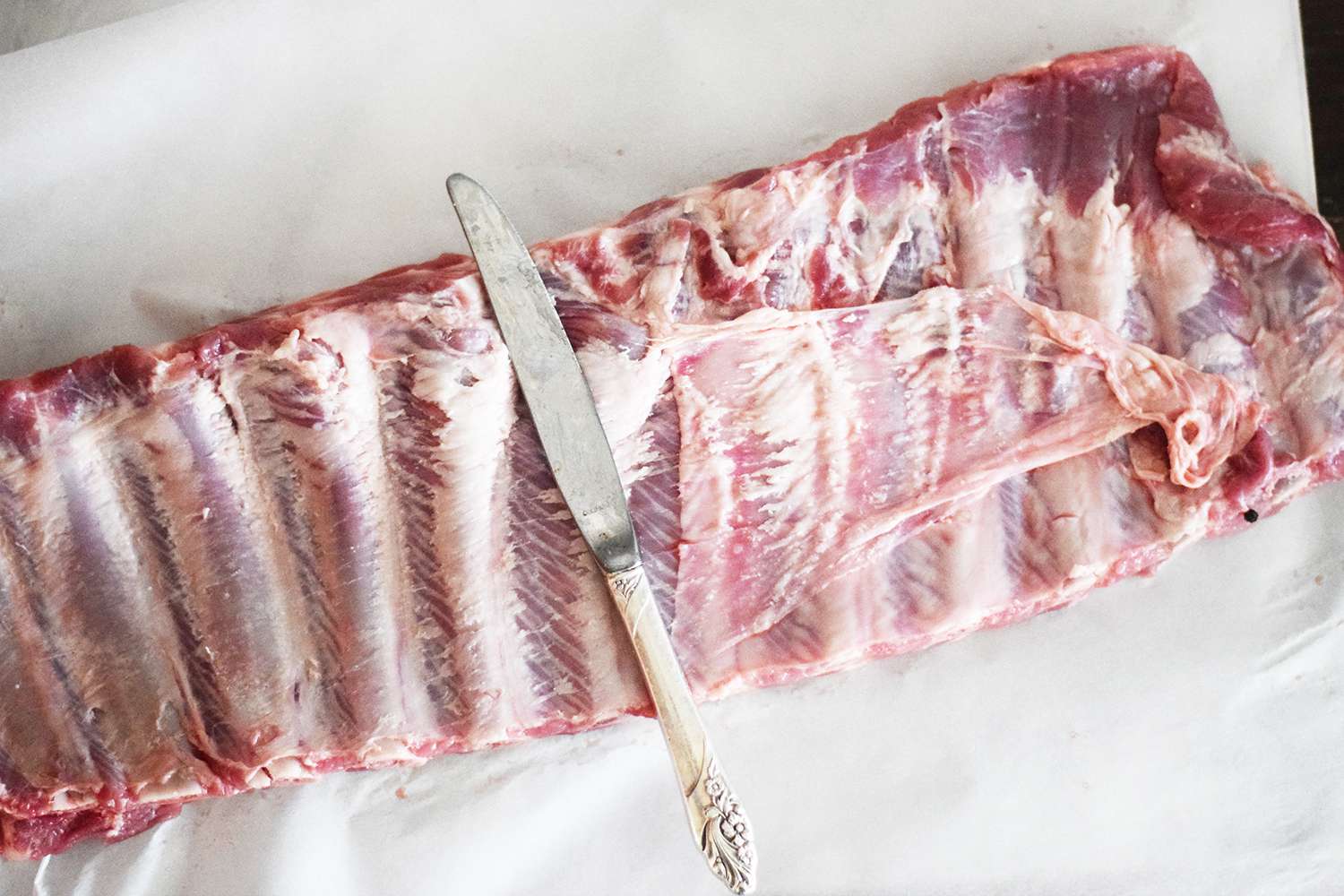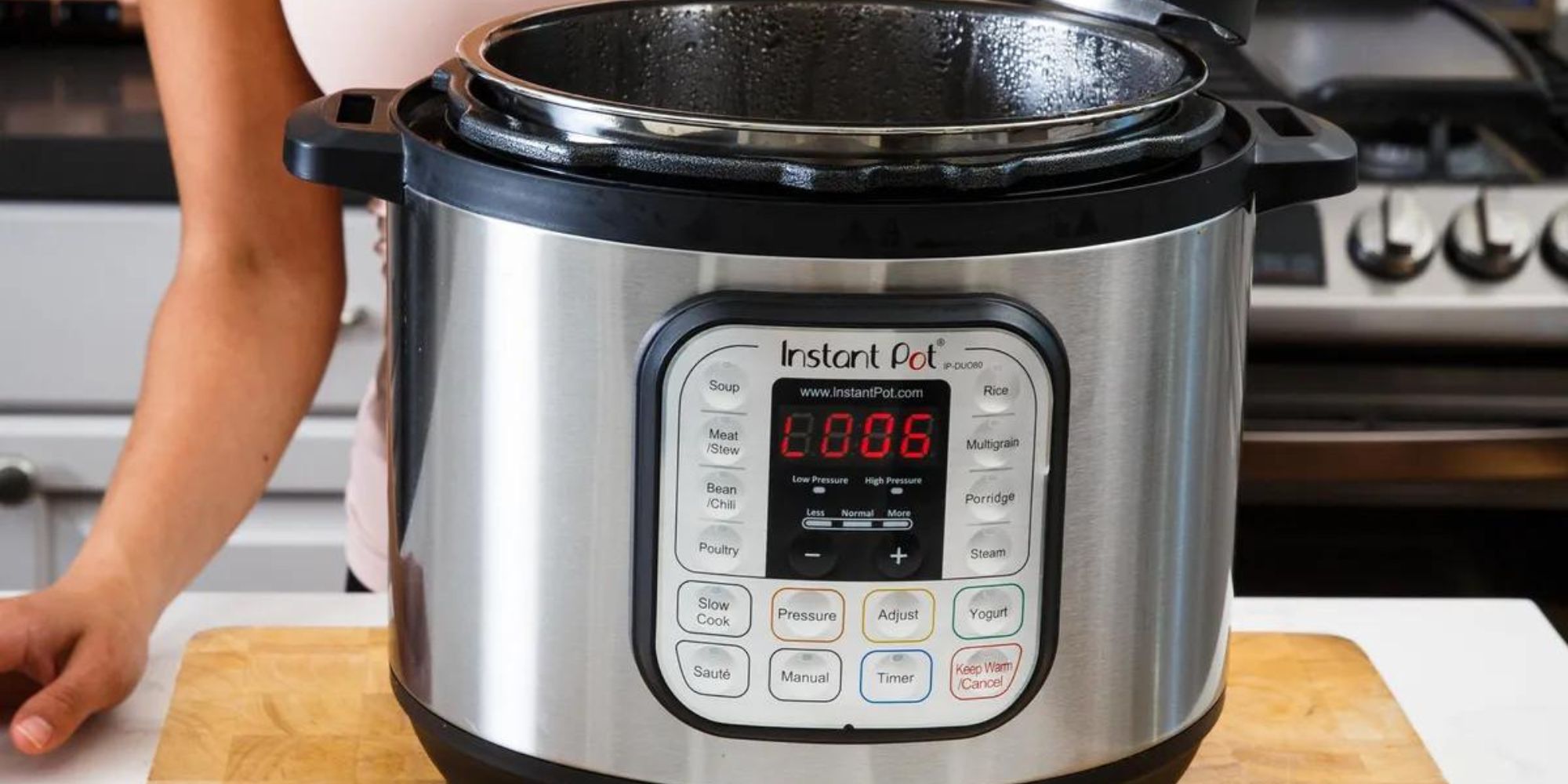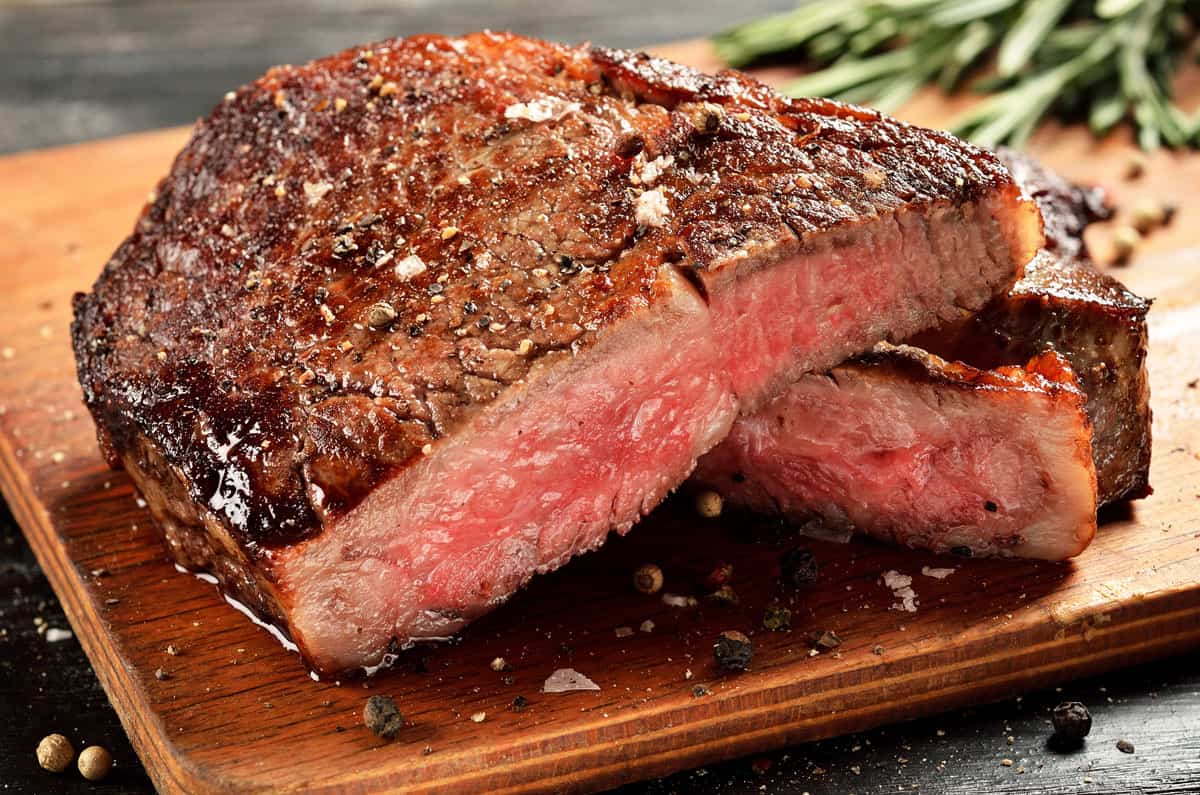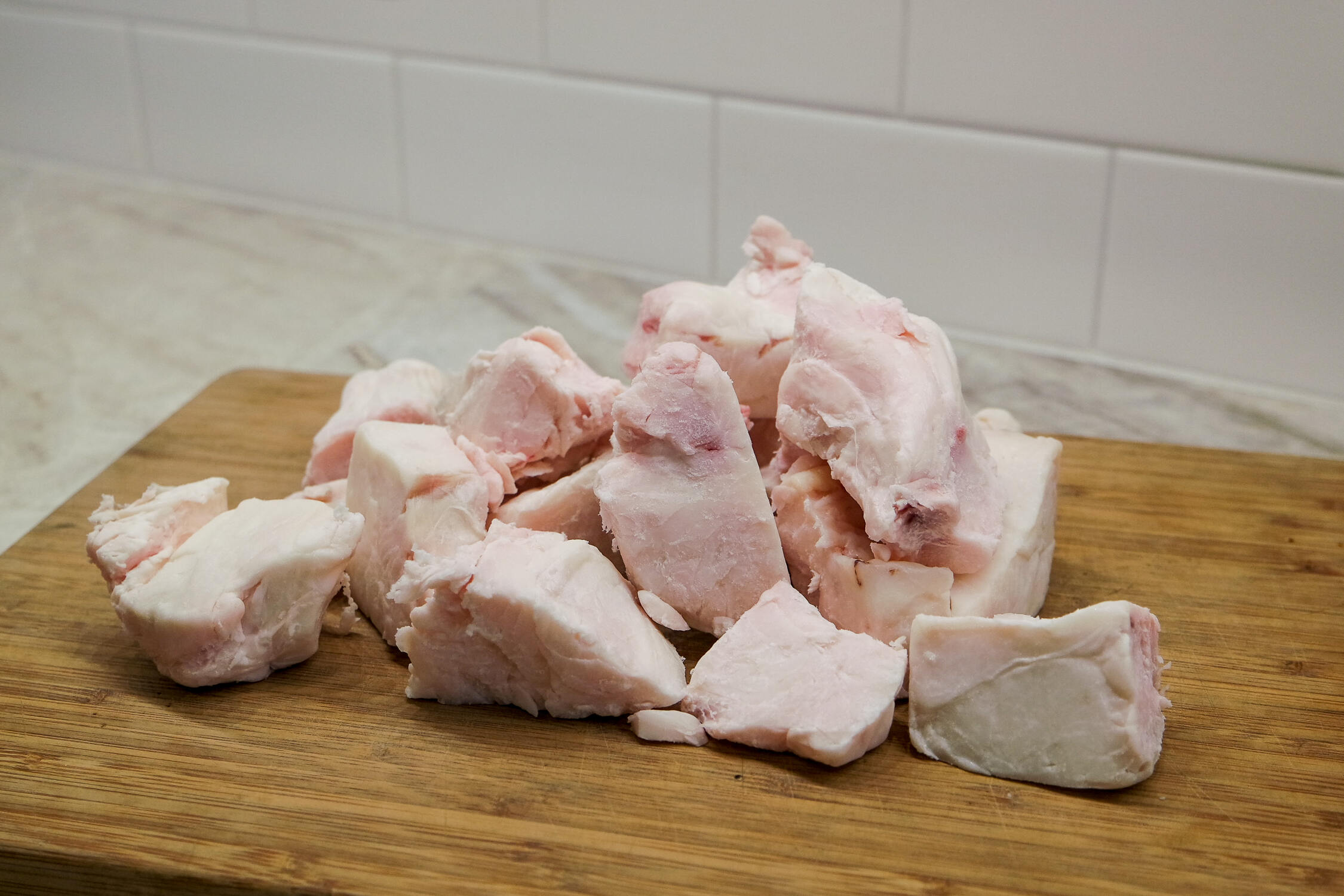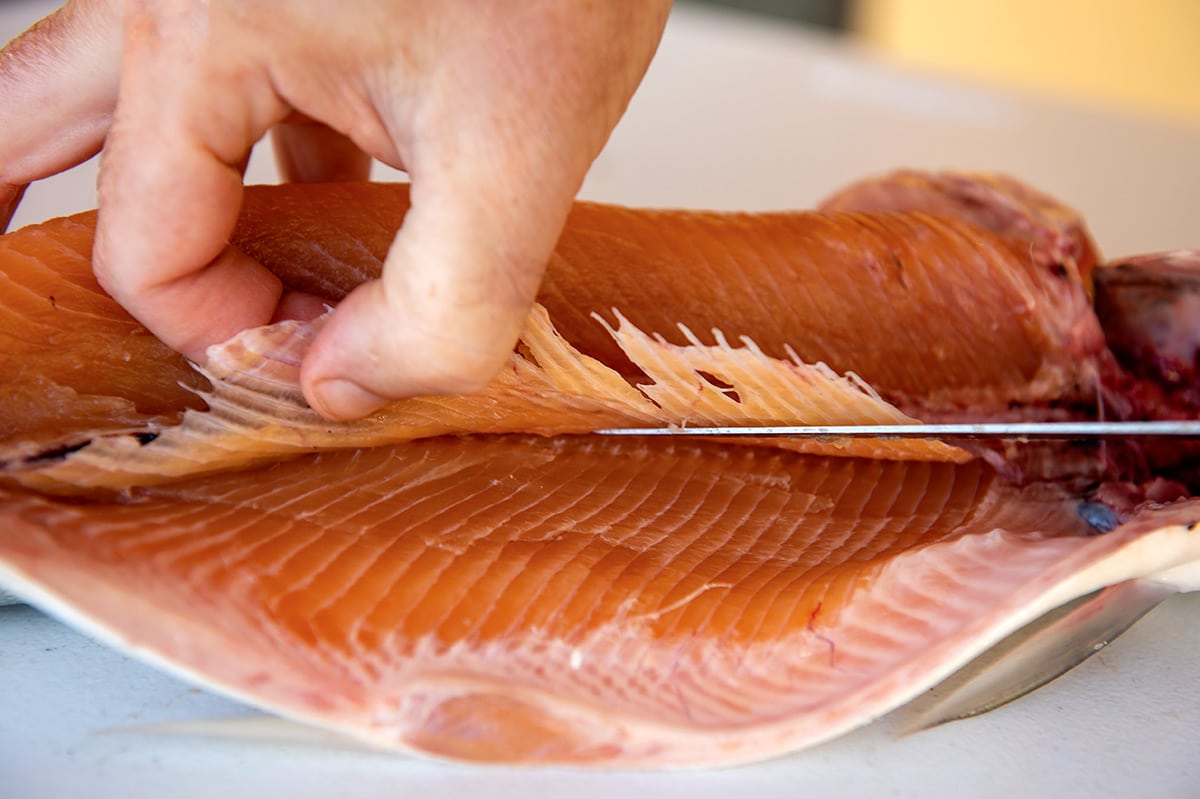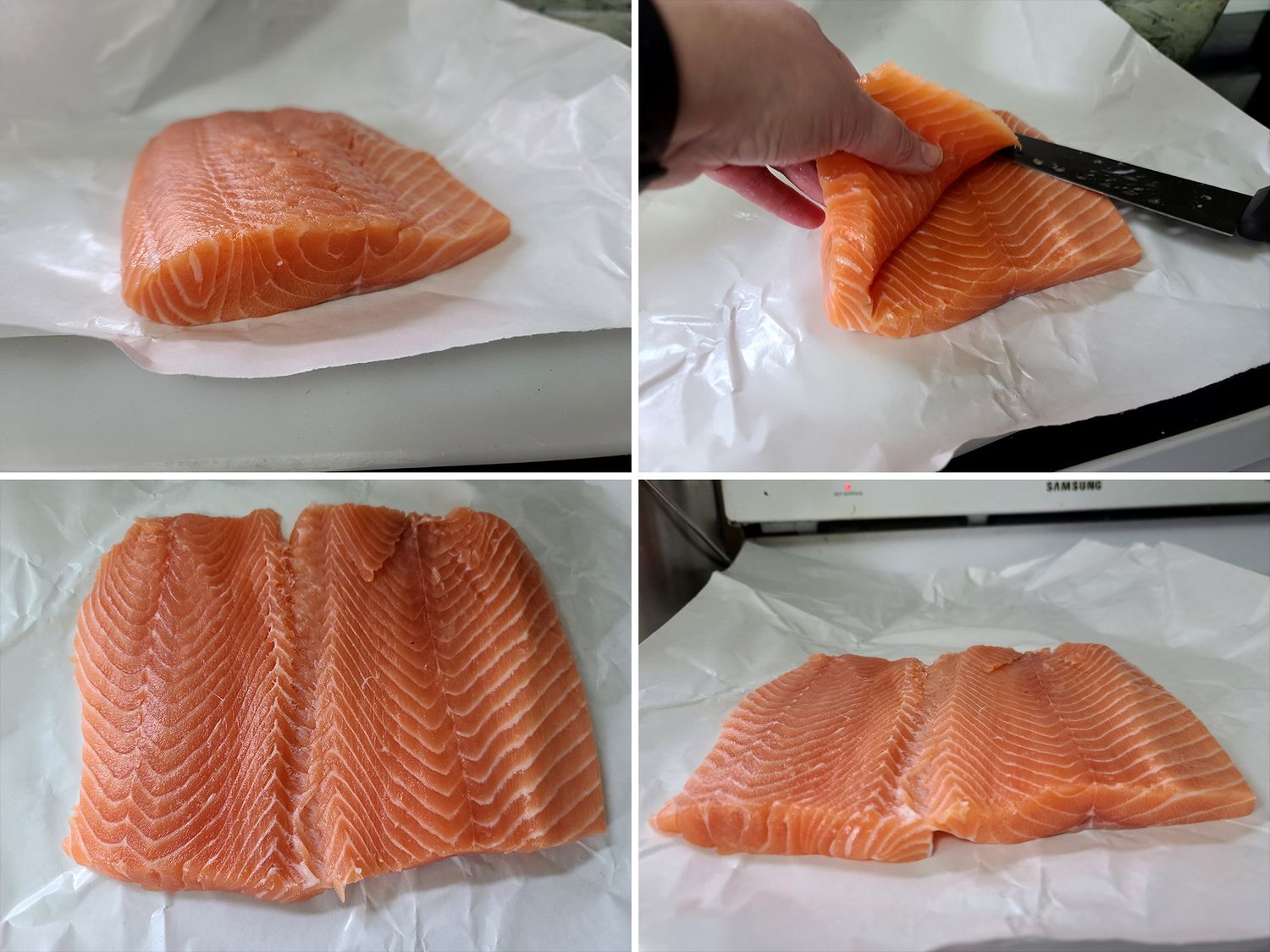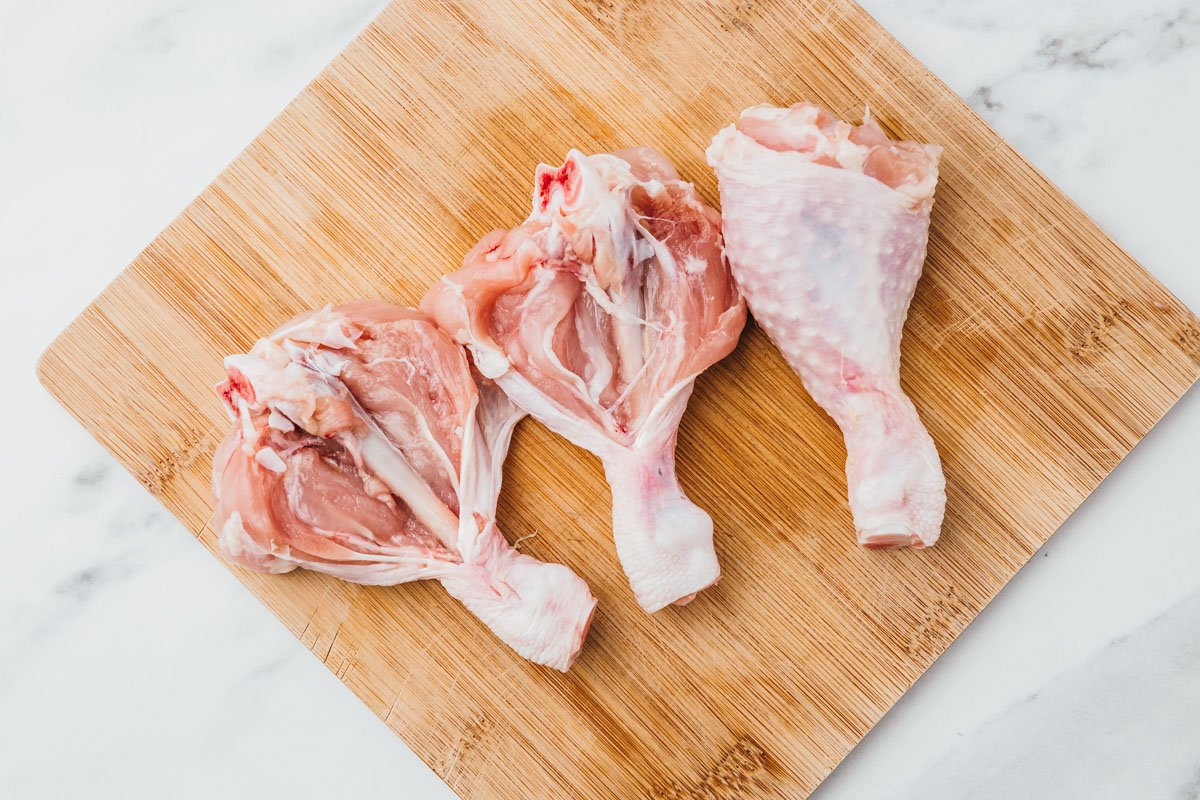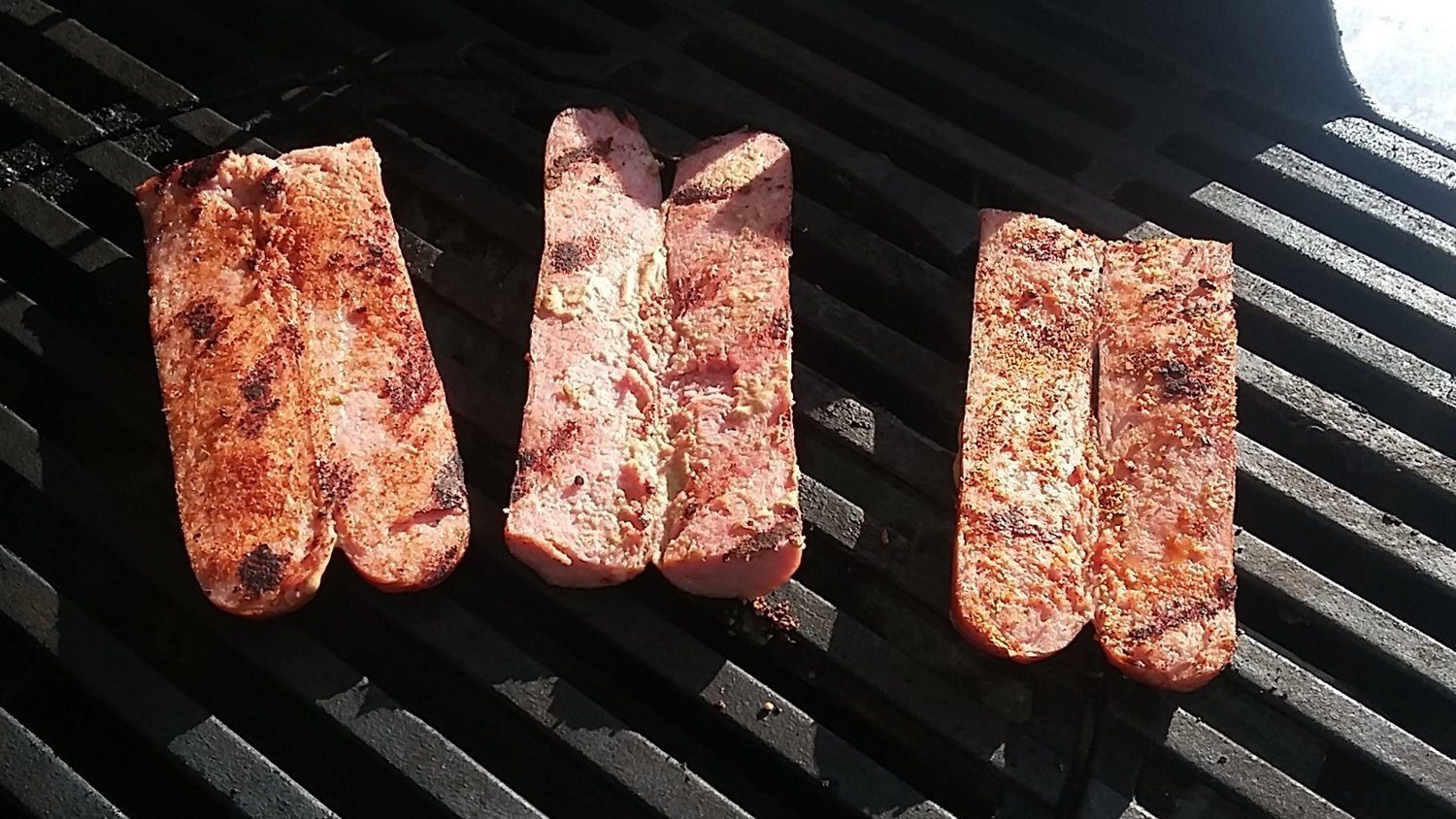What is Fat Rendering?
Before we dive into the process of rendering fat from ham, let’s first understand what fat rendering actually means. Fat rendering is the process of melting down animal fat to separate it from the connective tissue and other impurities. This results in a pure, liquid form of fat that can be used for cooking and flavoring various dishes.
Why Render Fat From Ham?
Ham is a delicious and versatile meat that is often enjoyed on its own or used as an ingredient in various recipes. When you render fat from ham, you are essentially extracting the flavorful fat from the meat, which can be used to enhance the taste of other dishes. Additionally, rendering fat from ham allows you to make the most of the entire cut of meat, minimizing waste and maximizing flavor.
Steps to Render Fat From Ham
Now that we understand the importance of rendering fat from ham, let’s take a look at the steps involved in the process:
- Cut the Ham: Start by cutting the ham into small pieces or cubes. This will help expose more surface area, allowing the fat to render more efficiently.
- Heat the Ham: Place the cut ham in a heavy-bottomed pan or skillet. Heat the pan over low to medium heat, allowing the fat to slowly melt without burning.
- Stir Occasionally: As the fat begins to melt, stir the ham pieces occasionally to ensure even rendering and to prevent sticking or burning.
- Strain the Fat: Once the fat has completely melted and the ham pieces have turned crispy, remove the pan from the heat. Carefully strain the liquid fat through a fine mesh sieve or cheesecloth to remove any solid bits or impurities.
- Store the Rendered Fat: Transfer the strained, liquid fat into a clean, airtight container. Allow it to cool before sealing and storing it in the refrigerator for future use.
Uses for Rendered Ham Fat
Now that you have successfully rendered fat from ham, you may be wondering how to put it to good use. Here are some ideas for using this flavorful fat:
- Cooking: Use the rendered ham fat as a flavorful cooking oil for frying or sautéing vegetables, potatoes, or other meats.
- Flavoring Soups and Stews: Add a spoonful of rendered ham fat to soups and stews to impart a rich, savory flavor.
- Baking: Incorporate the rendered fat into biscuit or pie crust recipes for a delicious, savory twist.
- Seasoning: Use the fat to season beans, greens, or other dishes that could benefit from a hint of smoky ham flavor.
In Conclusion
Rendering fat from ham is a simple yet rewarding process that allows you to extract the rich, flavorful fat from this beloved meat. By following the steps outlined above, you can create a versatile ingredient that adds depth and complexity to a wide range of dishes. So, the next time you have a ham on hand, consider rendering the fat to elevate your culinary creations!
Was this page helpful?
Read Next: How To Render Lamb Chop Fat
